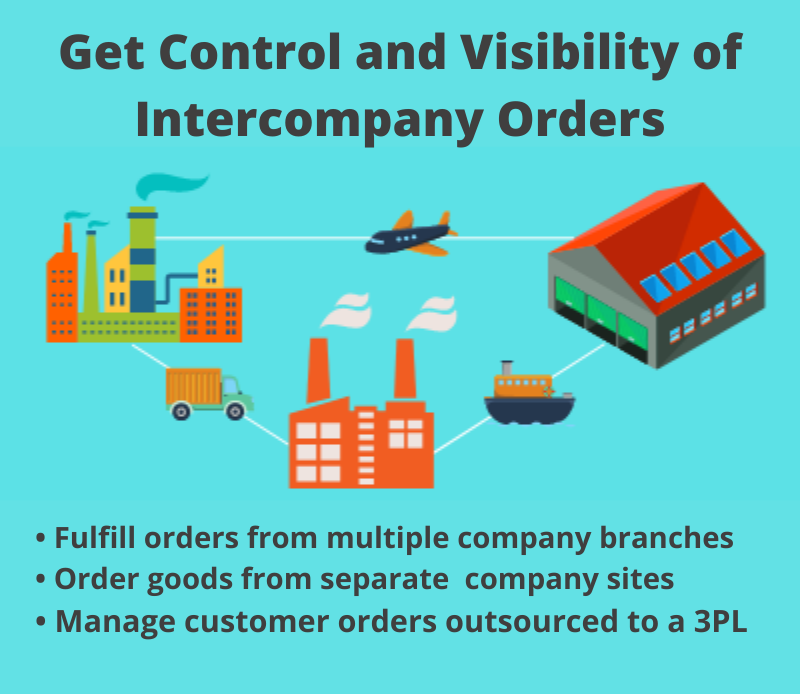 by Alex Kim
by Alex Kim
We talked to many manufacturers at the Fall MWUG conference about how they manage and measure their capacity. We found that some adjust customer schedules to align with production capabilities. They feel this is easier than making adjustments on the production side.
While it’s tempting and might seem like a smart way to keep things moving, this shortcut can erode supply chain performance and customer trust—and both are difficult to rebuild once compromised.
Why this practice hurts
Adjusting customer demand often triggers a chain of unintended consequences.
- Shifting confirmed demand throws off materials planning. Supplies might arrive too early or too late, leading to higher carrying costs or shortages.
- Instead of focusing on long-term improvements, teams spend more time putting out fires, expediting orders, and rescheduling.
- Hidden costs pile up. Each change can trigger extra work—rework, overtime, emergency sourcing—all of which eat into your bottom line.
- You run the risk of losing the original demand numbers from your customer, especially when they make frequent changes to their schedules. This can jeopardize your reputation with your customers if something slips through the cracks.
What to do instead
Balancing customer demand with your internal capacity doesn’t have to mean sacrificing either. By properly setting up your capacity numbers in QAD, you can better manage your production schedule without compromising confirmed demand.
This allows you to use forecasting tools and real-time data to spot capacity issues before they become problems. You can level out production loads by spreading work across lines, plants, or suppliers to smooth out peaks and valleys. With better data flow and proactive communication, you’ll build stronger operations and keep all your underlying data accurate.
 In January, we’ll present a webinar on this topic, Protect Customer Schedules with Smart Production Planning. Don Lindsey and Olena Stepovyk team up in this webinar to explain why altering your customer schedules to align with internal production capacity can harm supply chain performance and customer trust. Don will offer practical strategies and best practices for measuring capacity and overcoming capacity constraints without disrupting demand. Olena will demonstrate how you can use our Production Planner to more quickly and easily leverage these strategies and practices, enabling proactive decision-making, boosting operational reliability, and strengthening your customer relationships.
In January, we’ll present a webinar on this topic, Protect Customer Schedules with Smart Production Planning. Don Lindsey and Olena Stepovyk team up in this webinar to explain why altering your customer schedules to align with internal production capacity can harm supply chain performance and customer trust. Don will offer practical strategies and best practices for measuring capacity and overcoming capacity constraints without disrupting demand. Olena will demonstrate how you can use our Production Planner to more quickly and easily leverage these strategies and practices, enabling proactive decision-making, boosting operational reliability, and strengthening your customer relationships.
We hope to see you there.





